Shipping delays cost our business thousands in lost sales. Finding efficient transport methods between China and Europe became our top priority for maintaining customer satisfaction.
Rail freight and air-sea combinations offer the optimal balance between cost and delivery time for coffee components from China to Europe. Rail freight takes 15-25 days at $2.3-3/kg, while air-sea combinations take 18-22 days at $2.5-4/kg, both faster than sea freight yet more affordable than air freight.
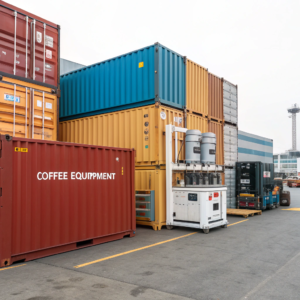
As a manufacturer of premium coffee accessories with customers across Europe, I've experienced firsthand the challenges of international shipping. Let me share what I've learned about optimizing shipping methods to ensure your coffee equipment components arrive on time without breaking your budget.
Why is choosing the right shipping method critical for coffee equipment suppliers?
European distributors demand precise delivery windows. Choose the wrong shipping method, and you risk losing valuable business relationships when components arrive too late or cost too much.
The right shipping method for coffee equipment is critical because it directly impacts your profitability, customer satisfaction, and inventory management. Premium components require damage-free transport, while competitive pricing demands cost-effective logistics, making the shipping decision a crucial factor in business success.
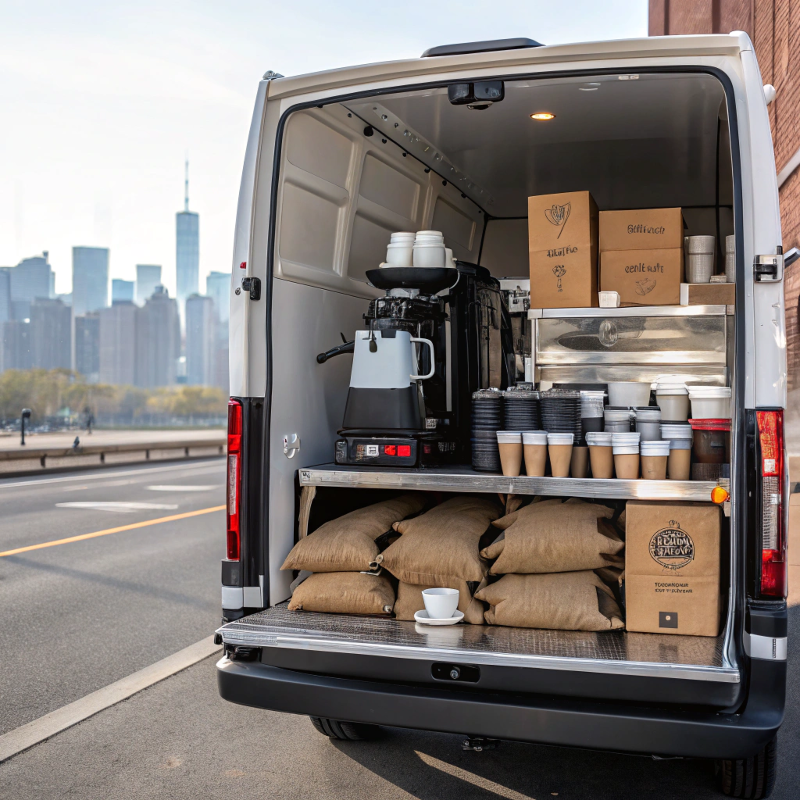
In my experience managing SIF Coffee Tools' international logistics, I've found that shipping method selection significantly impacts our entire business model. This decision goes beyond simple cost calculations—it requires balancing multiple factors that affect your bottom line.
Key Considerations When Selecting Shipping Methods
| Factor | Impact on Business | Example |
|---|---|---|
| Transit Time | Affects inventory planning and customer promises | A distributor in Germany needs replacement portafilters within 3 weeks for a major hotel chain |
| Cost Reliability | Affects pricing strategy and profit margins | Unexpected shipping cost increases can eliminate profitability on precision coffee baskets |
| Damage Risk | Affects product quality and customer satisfaction | Precision tampers require secure packaging and handling |
| Customs Efficiency | Affects predictability of delivery timeframes | Different methods have varying customs clearance processes and timelines |
When shipping premium coffee components like our stainless steel shower screens and ergonomic tampers, I've learned that choosing solely based on the lowest cost often results in greater long-term expenses. Late deliveries can damage your reputation with distributors who operate on tight schedules for their hospitality clients. Similarly, choosing the fastest option regardless of cost can price your products out of competitive range. The optimal method balances reasonable transit times with manageable costs while ensuring product integrity.
How does rail freight compare to other shipping options for coffee components?
Sea freight delays stretched to 60 days during peak seasons, while air freight costs tripled our product prices. Rail freight emerged as our unexpected solution for coffee components.
Rail freight offers a superior middle ground for coffee equipment, providing 15-25 day transit times at $2.3-3/kg or $3,000-4,000 per 20-foot container. It's approximately 40% faster than sea freight while costing 60% less than air freight, making it ideal for semi-urgent coffee equipment components.
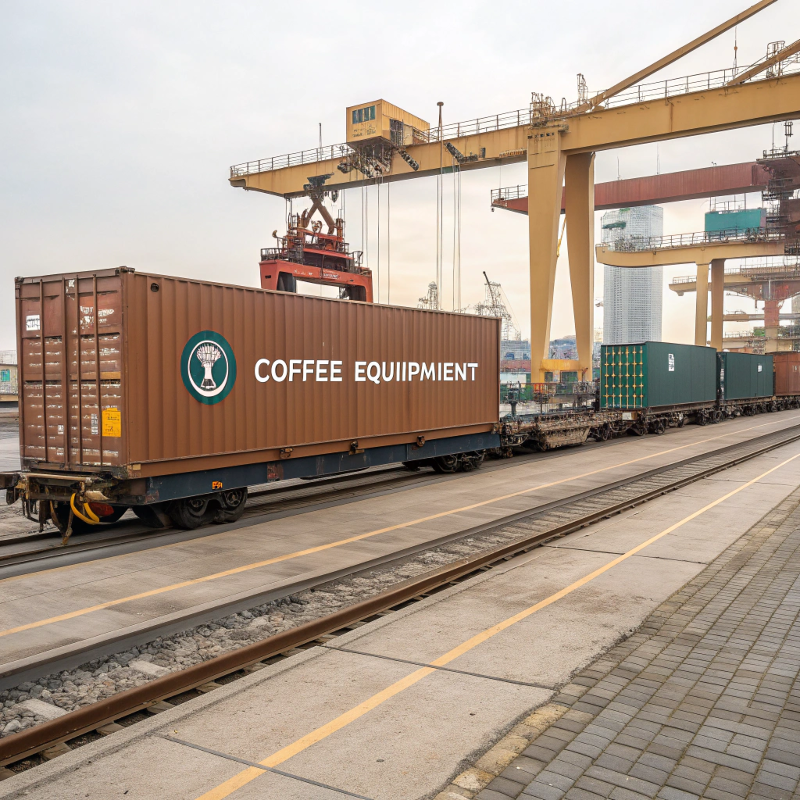
After experimenting with various shipping methods for our coffee components, I've found rail freight to be transformative for our European distribution strategy. The China-Europe Railway Express, developed as part of the Belt and Road Initiative, has created reliable corridors that drastically reduce transit times compared to traditional sea routes.
Rail Freight Performance Analysis
| Aspect | Rail Freight | Sea Freight | Air Freight |
|---|---|---|---|
| Transit Time | 15-25 days | 30-45 days | 3-8 days |
| Cost per kg | $2.3-3 | $1-2 | $4-9 |
| Cost per Container | $3,000-4,000 (20ft) | $2,000-2,500 (20ft) | Not applicable |
| Carbon Footprint | Medium | Low | High |
| Weather Reliability | High | Medium | Medium |
| Capacity Limitations | Medium | Very High | Low |
When shipping our professional portafilters and stainless steel components, rail freight provides several advantages that aren't immediately obvious. The route passes through fewer handling points than sea freight, reducing the risk of damage to precision items. Additionally, rail routes typically experience fewer delays during winter months compared to sea routes affected by storms.
I've noticed that rail freight offers particularly good value for medium-weight, medium-value coffee equipment that doesn't justify air freight's premium but requires faster delivery than sea freight allows. For instance, when shipping our knock boxes and manual grinders to distributors in Germany and France, rail freight consistently provides delivery within three weeks—a timeline that satisfies most of our European clients' inventory planning needs.
What makes air-sea combination shipping a viable alternative?
Rail capacity constraints left our coffee accessories stranded during peak seasons. Air-sea combination shipping provided the flexible backup solution we needed to maintain reliable deliveries.
Air-sea combination shipping is viable for coffee equipment because it reduces costs by 30-50% compared to pure air freight while achieving 18-22 day transit times. The method ships cargo by sea to regional hubs like Dubai, then air-freights to final destinations, offering flexibility during rail capacity shortages.
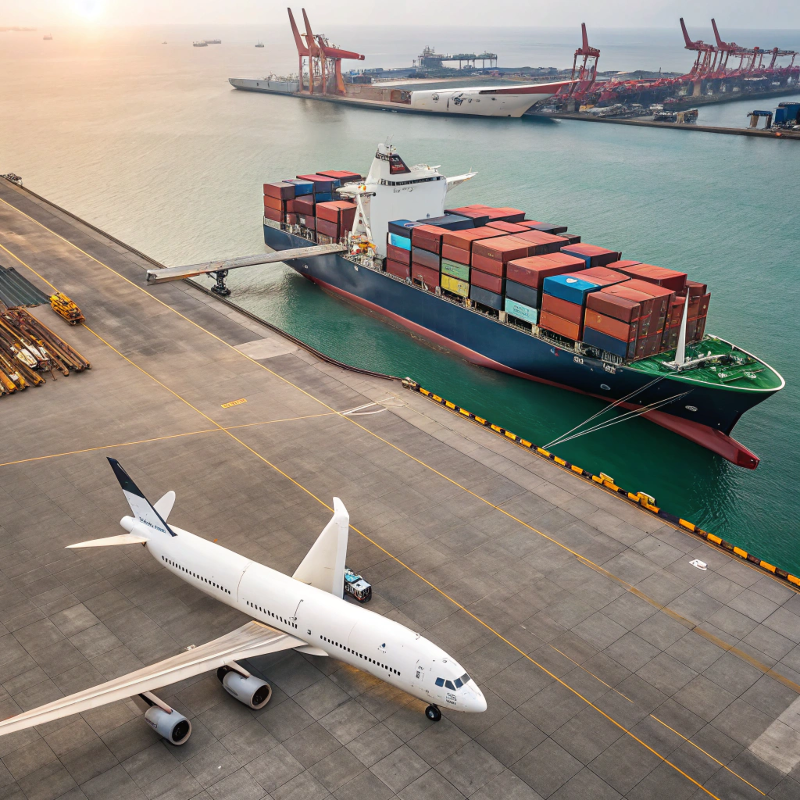
Having experienced the limitations of relying solely on one shipping method, I've incorporated air-sea combination shipping into SIF Coffee Tools' logistics strategy. This hybrid approach has proven particularly valuable during peak shipping seasons when rail capacity becomes constrained or when certain European markets require slightly faster delivery than rail can provide.
Air-Sea Combination Mechanics and Benefits
| Stage | Process | Advantage |
|---|---|---|
| Initial Transport | Sea freight from China to strategic hubs (Dubai, Singapore) | Cost-effective for bulk movement |
| Mid-Journey Transfer | Cargo consolidation and transfer to air freight | Eliminates extended sea journey around Africa or through congested European ports |
| Final Delivery | Air freight from hub to European destination | Significantly faster final delivery with reduced customs complexity |
| Documentation | Requires coordinated documentation across modes | Professional freight forwarders manage complexity |
When shipping our premium coffee accessories like precision tampers and distribution tools to markets in Western Europe, the air-sea combination provides remarkable flexibility. For example, when shipping to Italy last peak season, we utilized sea freight to Dubai followed by air transport to Milan, cutting nearly 10 days off the traditional sea route while increasing costs by only about 30% rather than the 200-300% premium of direct air freight.
The key advantage I've found is the ability to make time-sensitive decisions mid-shipment. If a distributor suddenly requires faster delivery of certain components, the cargo can be split at the hub, with critical items continuing by air while bulk items proceed by sea. This flexibility has saved several important business relationships when unexpected urgent requirements arose from our European clients.
How should you evaluate shipping methods based on your specific coffee equipment needs?
Different coffee components demand different shipping approaches. Our distribution tools needed rapid delivery, while heavy knock boxes could wait. Strategic selection saved us thousands annually.
Evaluate shipping methods for coffee equipment by categorizing products by urgency, value-to-weight ratio, and damage sensitivity. Match high-value, urgent items with faster methods like air freight, while routing bulky, durable items via sea. Use rail freight for the majority of components that fall between these extremes.
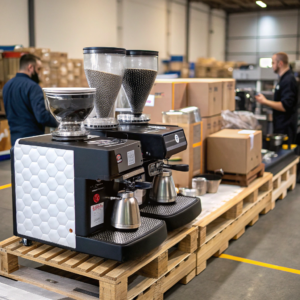
Through years of shipping coffee equipment components from our manufacturing facility in China to European distributors, I've developed a systematic approach to shipping method selection that optimizes both cost and delivery time. This approach begins with categorizing each product type according to several critical factors rather than applying a one-size-fits-all solution.
Coffee Equipment Shipping Method Decision Matrix
| Component Type | Value-to-Weight | Urgency Level | Damage Sensitivity | Recommended Method |
|---|---|---|---|---|
| Precision Filter Baskets | High | Medium | High | Rail Freight |
| Stainless Steel Shower Screens | Medium | Medium | Medium | Rail Freight |
| Professional Portafilters | Medium | Medium-High | Medium | Rail/Air-Sea |
| Tampers & Distribution Tools | Very High | High | High | Air Freight |
| Manual Grinders | High | Medium | High | Rail Freight |
| Coffee Knock Boxes | Low | Low | Low | Sea Freight |
| Milk Pitchers | Low | Medium | Low | Rail/Sea Freight |
| Replacement Parts | Variable | Very High | Variable | Air Freight |
In practice, this matrix has guided our shipping decisions with remarkable efficiency. For example, when supplying a new distributor in Germany with their initial inventory, we shipped their precision filter baskets and shower screens via rail freight, arriving in 18 days at a reasonable cost. However, for their custom-branded tampers needed for a trade show, we utilized air freight to ensure timely arrival despite the higher cost.
The key insight I've gained is that selective use of premium shipping options only where truly necessary can significantly reduce overall logistics costs. We calculate the "urgency premium" for each component—the acceptable additional cost for faster delivery—based on factors like profit margin, customer expectations, and replacement urgency. This granular approach has reduced our shipping costs by approximately 22% while maintaining or improving delivery timelines for critical components.
Conclusion
Rail freight and air-sea combinations offer the ideal balance for shipping coffee equipment from China to Europe. Match your shipping method to each product's specific requirements for optimal results.




